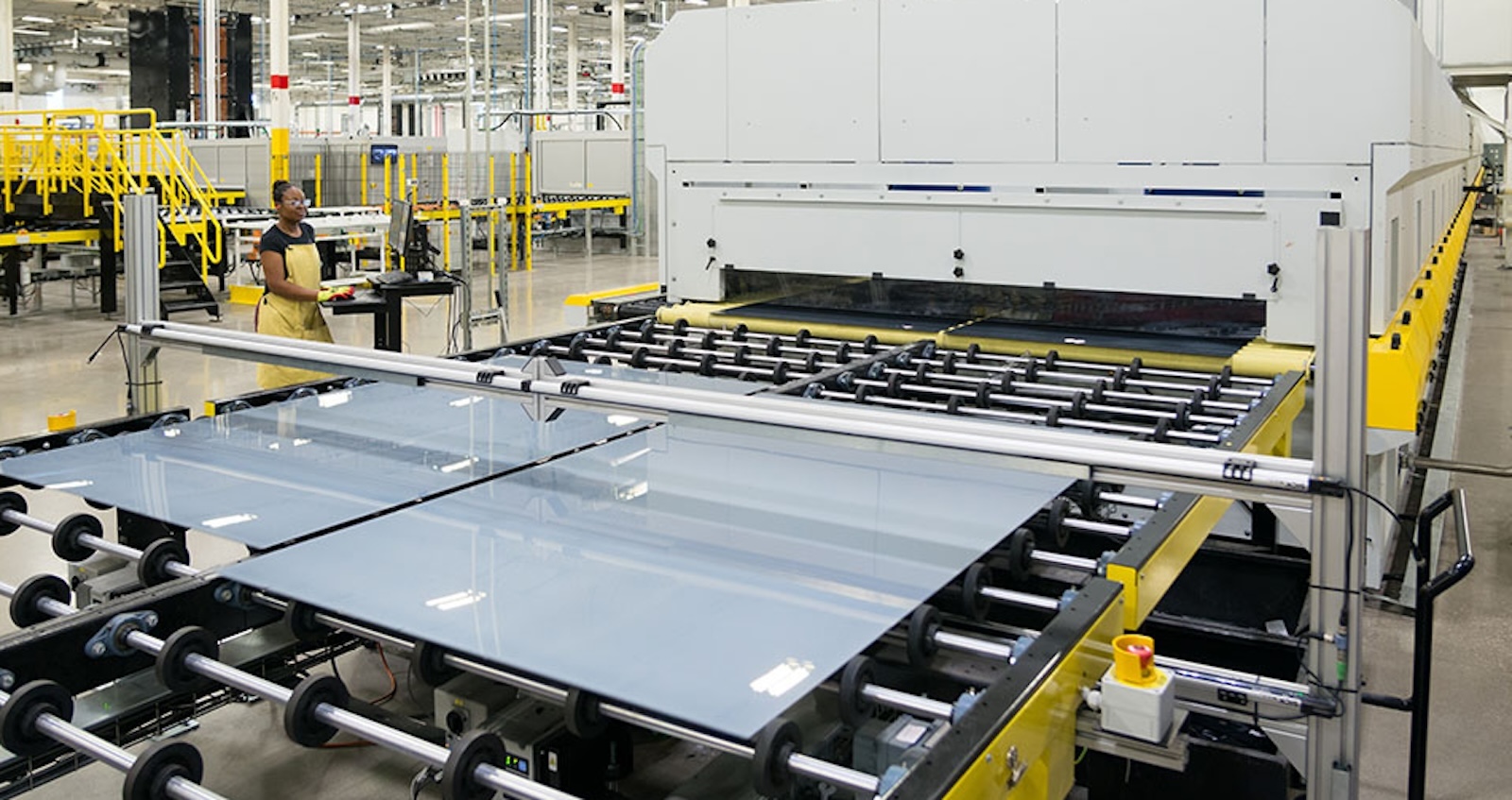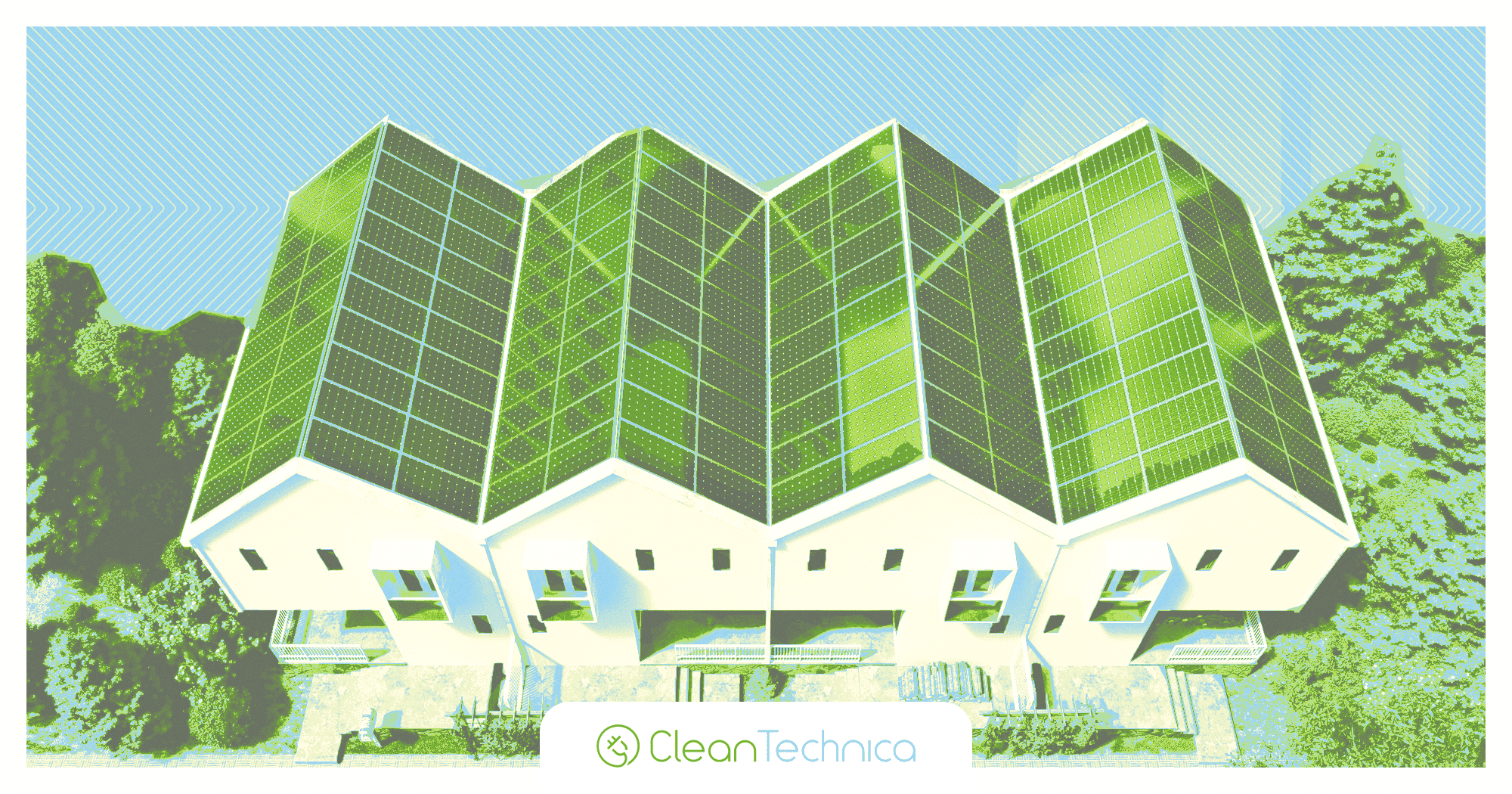JAEA Plans Hydrogen Facility Integrated with Nuclear Reactor; Goal Is Steady Supply of Hydrogen without CO2 Byproduct
JAEA Plans Hydrogen Facility Integrated with Nuclear Reactor; Goal Is Steady Supply of Hydrogen without CO2 Byproduct The Japan Atomic Energy Agency plans to ask the Nuclear Regulation Authority to […] The post JAEA Plans Hydrogen Facility Integrated with Nuclear Reactor; Goal Is Steady Supply of Hydrogen without CO2 Byproduct appeared first on Hydrogen Central.

JAEA Plans Hydrogen Facility Integrated with Nuclear Reactor; Goal Is Steady Supply of Hydrogen without CO2 Byproduct
The Japan Atomic Energy Agency plans to ask the Nuclear Regulation Authority to review its plan for building a hydrogen production facility as early as February, The Yomiuri Shimbun has learned.
Under the plan, which aims to produce hydrogen using heat generated by a gas reactor, the facility will be built next to the site of the High Temperature Engineering Test Reactor (HTTR) in Oarai, Ibaraki Prefecture, and will be integrally operated with the reactor. It will be the world’s first such facility if it can succeed in producing hydrogen.
High temperature gas reactors are considered the next generation of nuclear reactors, and countries including Japan, the United Kingdom, the United States and China have accelerated their development. Both gas reactors and conventional reactors utilize nuclear fission reaction to generate electricity. However, unlike conventional nuclear reactors that use water for cooling, gas reactors use helium gas.
Heat generated by conventional reactors reaches 300 C, but gas reactors can produce temperatures higher than 800 C. Such high temperatures can be used to produce hydrogen. Therefore, gas reactors can be used to produce hydrogen, which is considered an important material for decarbonization, as well as generating electricity directly.
There are a few methods for producing hydrogen. A method using fossil fuel as the main energy source emits an enormous amount of CO2, which is a major cause of global warming. Another method, producing hydrogen using solar power, tends to be affected by the weather.
Gas reactors, on the other hand, can generate a steady supply of both electricity and hydrogen, as the reactor can operate without interruption.
The hydrogen facility and the HTTR facility will be connected by piping, through which high-temperature helium gas will be circulated. The heat from the gas will be used to cause a reaction between water and methane to produce large amounts of hydrogen.
There is a high demand for hydrogen for various purposes, including in fuel cell vehicles, steelmaking and chemical industries.
The JAEA plans to obtain approval from the NRA in fiscal 2025 and start construction of the hydrogen production facility next to the HTTR site in fiscal 2026. It aims to start operation in fiscal 2028.
The review for the project will be conducted by the NRA rather than the Economy, Trade and Industry Ministry to focus on the safety aspect during the review process. This is because if there is a problem in the core parts of the hydrogen production facility, it could affect the nuclear reactor.
Nariaki Sakaba, who is in charge of the high temperature gas reactor project at the JAEA, said,
We hope to succeed in producing hydrogen by 2030 and developing it to be the world’s top technology.
The JAEA intends to develop a demonstration reactor, a step toward commercial operation, aiming to start operation in the late 2030s.
READ the latest news shaping the hydrogen market at Hydrogen Central
JAEA Plans Hydrogen Facility Integrated with Nuclear Reactor; Goal Is Steady Supply of Hydrogen without CO2 Byproduct, source
The post JAEA Plans Hydrogen Facility Integrated with Nuclear Reactor; Goal Is Steady Supply of Hydrogen without CO2 Byproduct appeared first on Hydrogen Central.
What's Your Reaction?






























































